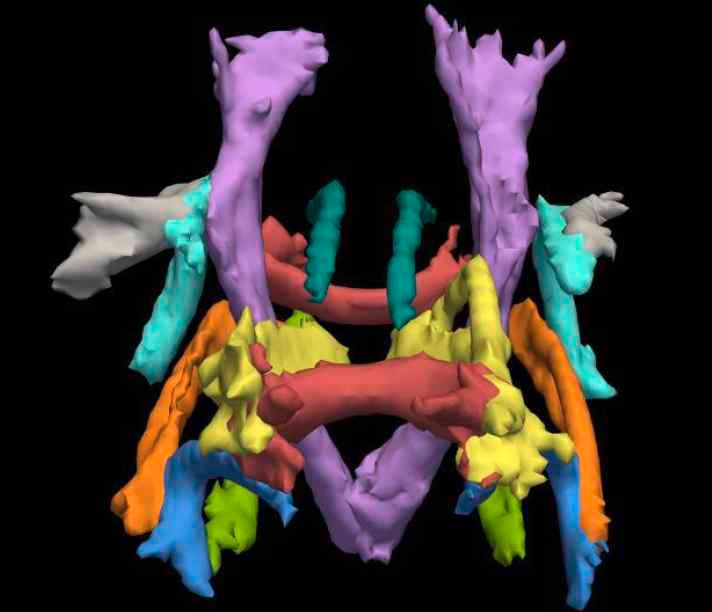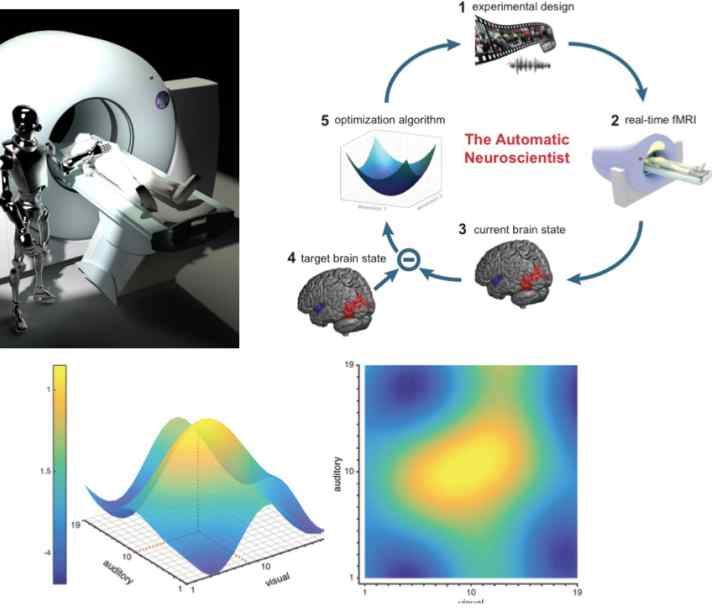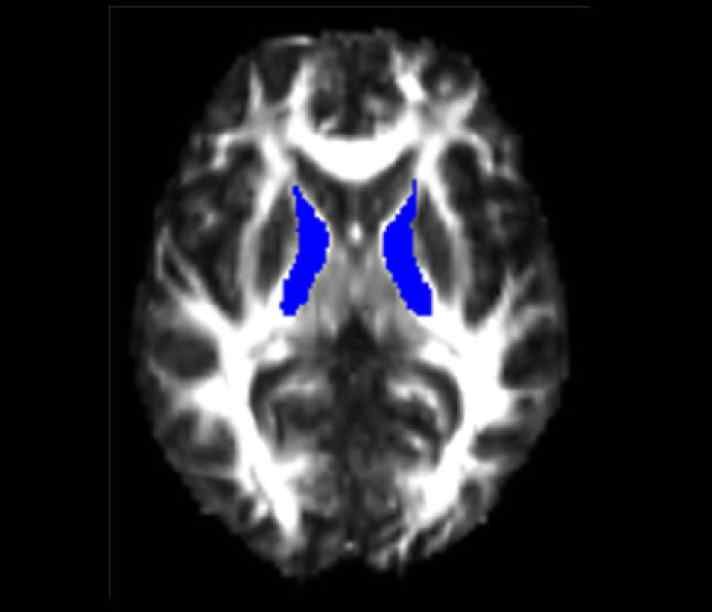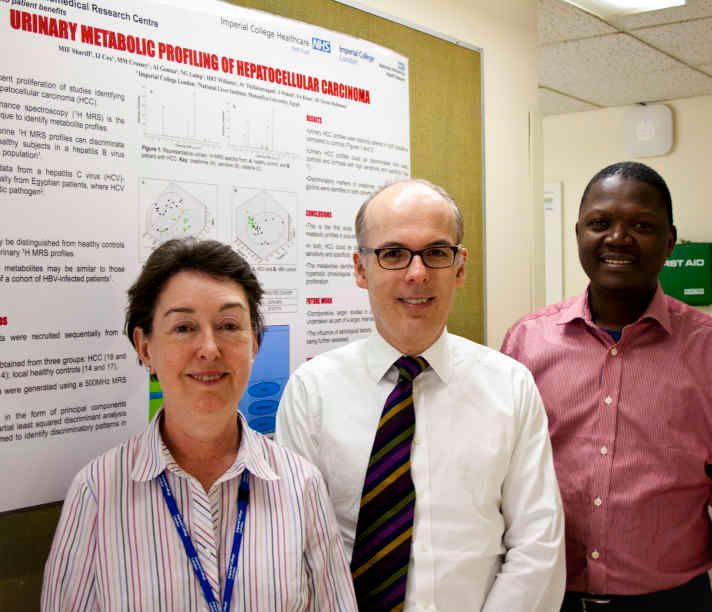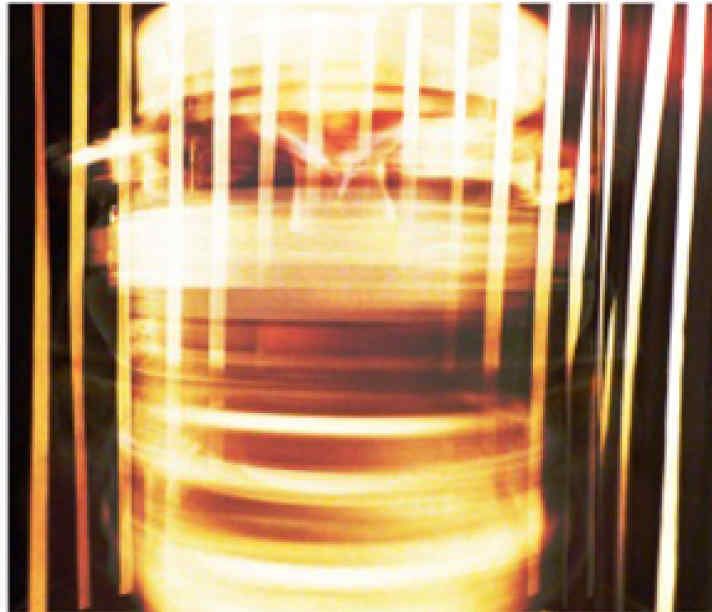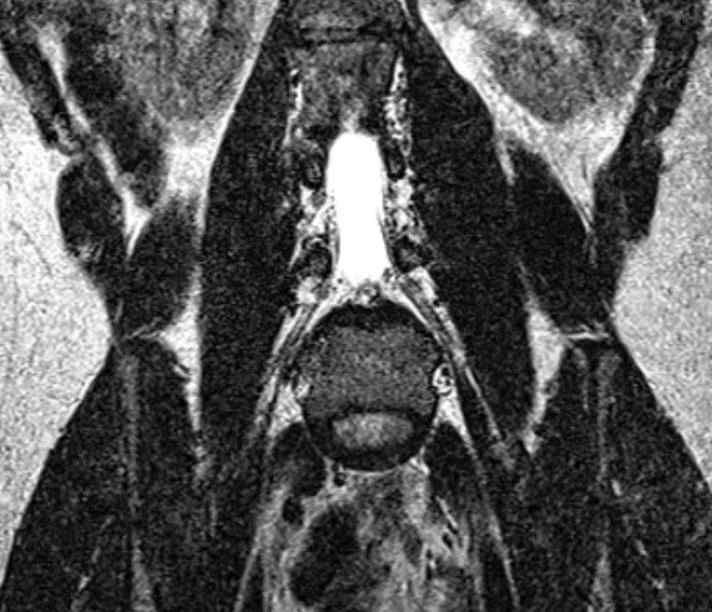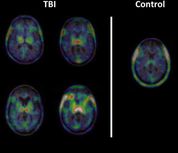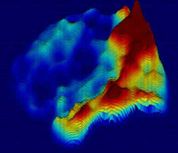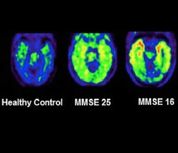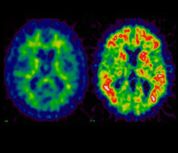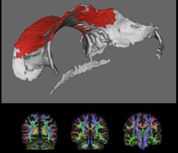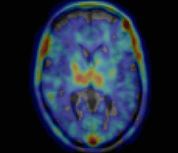Imperial College Clinical Imaging Facility
The Imperial College Clinical Imaging Facility (CIF) provides support for interdisciplinary research activities across Imperial college, integrating the physical, biological and medical sciences.
We provide the capability to investigate a wide range of clinical conditions using magnetic resonance imaging (MRI), Positron Emission Tomography (PET), electroencephalography (EEG) and transcranial brain stimulation. We have particular expertise in neuroscience and oncology, as well as multimodal imaging. We are part of the Department of Medicine at Imperial and are located at the Hammersmith Hospital, benefiting from the Hospital’s long tradition of world-class imaging research.
We currently support a broad range of applied research studies and have strong links to academics and clinicians as well as commercial organisations. We welcome research proposals from all academic researchers and industry.
“The last decade has seen amazing advances in imaging technology. We can now use imaging to accurately map connections in the brain, track the development of dementia and guide cancer treatment. In the Clinical Imaging Facility we aim to translate these technological advances into improved diagnosis and treatments.” Professor David Sharp, Scientific Director of the Imperial College Clinical Imaging Facility.
Imaging resources
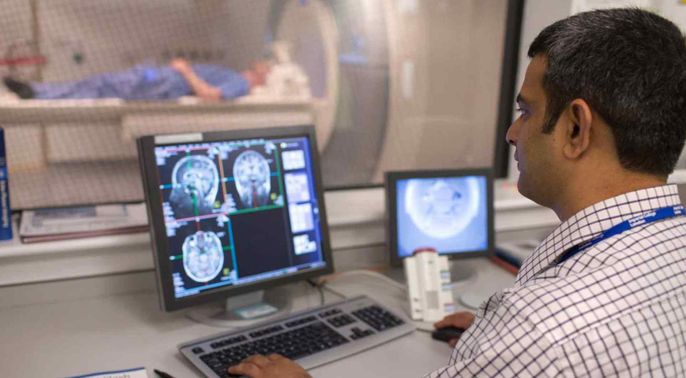
Magnetic Resonance Imaging (MRI)
The Siemens 3T Verio MRI scanner comprises a 70cm diameter open-bore, short-axis magnet. It has been equipped with a comprehensive range of transmit/receive coils suitable for many body regions and applications. The relatively large bore (compared to most MRI systems) ensures a higher degree of subject comfort and compliance.
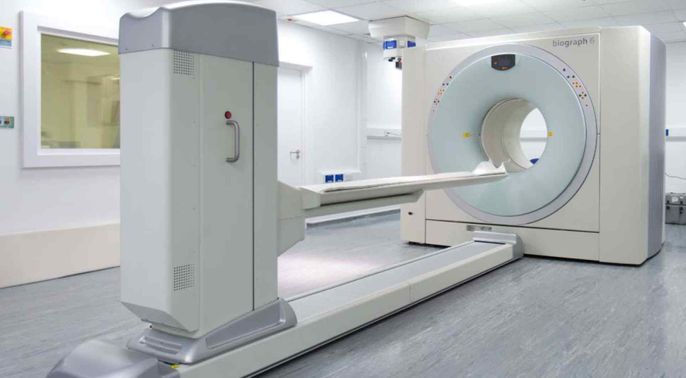
Positron Emission Tomography (PET)
The Siemens Biograph 6 PET/CT scanner features 6 slice CT, a multi-detector ring system and 3D reconstruction. An Allogg Automated Blood Sampling System (ABSS) is available for those studies which require arterial blood sampling; there is also an adjacent tissue/blood processing lab with dual-HPLC/radioactivity detectors for tracer metabolite analysis.
Pet Tracers and Suppliers (Excel)
Imaging resources
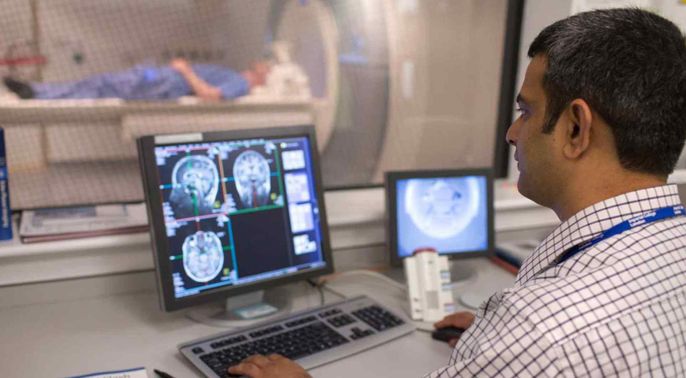
Electroencephalography (EEG)
32-channel EEG system compatible with functional MRI. We have a BrainProducts 32-channel amplifier (BrainAmp MRplus) an additional 8-channel bipolar amplifier (BrainAmp ExG MR), which can be used to record electrooculogram, motor evoked potentials, etc. The system is equipped with a SyncBox to synchronize the EEG and MRI scanner clocks and a trigger cable to send TTL triggers to the EEG system from a computer running a behavioural task.
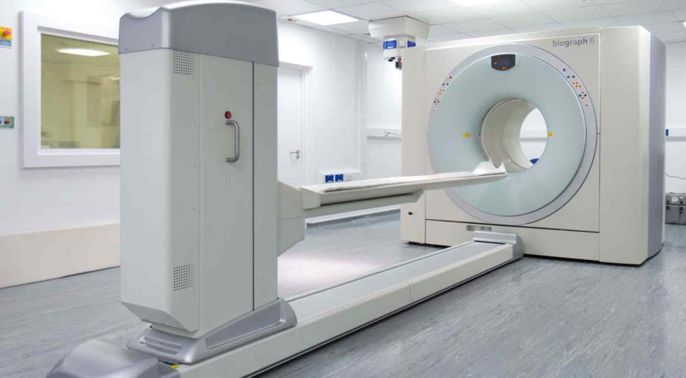
Transcranial Electric Stimulation (TES)
MR-compatible stimulators (DC stimulator MR) from neuroConn. These are used to deliver non-invasive brain stimulation in humans, using the following TES techniques:
- tDCS – transcranial direct current stimulation
- tACS – transcranial alternating current stimulation
- tRNS – transcranial random noise stimulation
Our devices can be controlled remotely using data acquisition (DAQ) devices
Current research projects
Meet the team
 |
Professor David Sharp, Scientific Director of the Imperial College Clinical Imaging Facility |
 |
Dr Albert Busza, General Manager of the Imperial College Clinical Imaging Facility |
|
Pedro Vicente, MRI Radiographer |
|
 |
Mr Rob Punjani, PET/MR radiographer |
 |
Vijay Vaja, Snr. Lab. Technician v.vaja@imperial.ac.uk |




